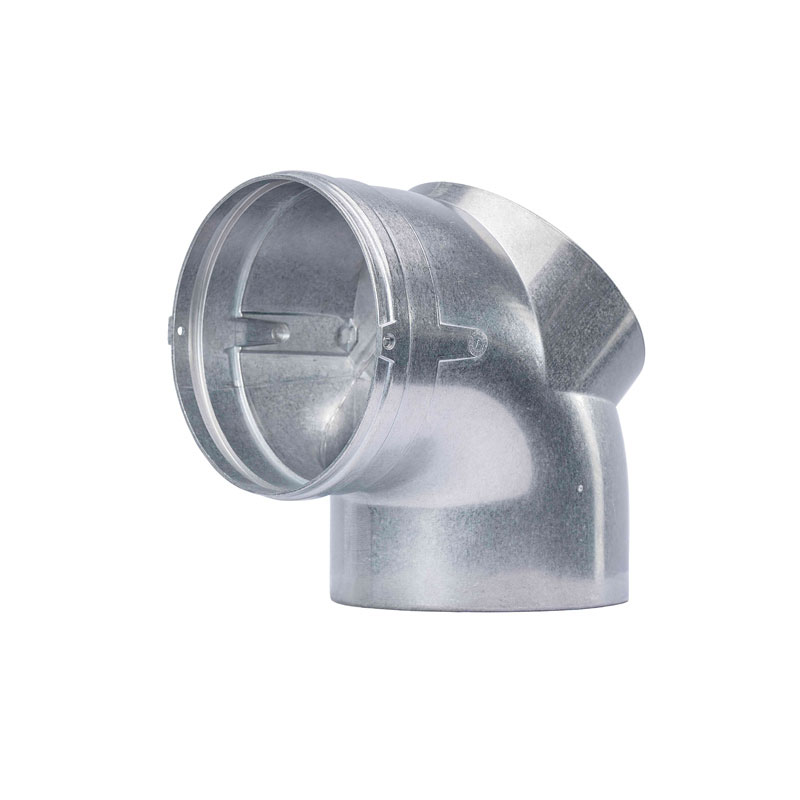Choosing the Right Size: A Guide to Selecting 3-Way Elbow Pipe Fittings for Your Piping System
2024-01-18
Introduction:
In the world of piping systems, selecting the right components is crucial for ensuring efficiency, functionality, and longevity. One such component that plays a vital role is the 3-way elbow pipe fitting. Determining the appropriate size of a 3-way elbow is essential to achieve optimal performance in your piping system. In this blog post, we will explore the factors and considerations involved in selecting the right size for a 3-way elbow pipe fitting.
Understanding 3-Way Elbow Pipe Fittings:
Before delving into sizing considerations, it's important to understand what 3-way elbow pipe fittings are and how they function. These fittings, also known as "tees," provide a convenient way to connect three pipes at right angles. They are commonly used in plumbing and industrial piping systems to facilitate the branching of pipes in different directions.
Factors Influencing Size Selection:
1. Pipe Diameter:
The size of the 3-way elbow should align with the diameter of the pipes it connects. Matching the fitting size with the pipe diameter ensures a seamless flow of fluids and minimizes turbulence within the system. It's crucial to check the specifications of both the pipes and the fitting to guarantee compatibility.
2. Flow Rate Requirements:
Consider the flow rate requirements of your piping system. The size of the 3-way elbow should accommodate the expected flow without causing excessive pressure drops. Calculating the flow rates in each branch of the fitting will help in determining the appropriate size to maintain efficient fluid movement.
3. Material Compatibility:
The material of the 3-way elbow should be compatible with the materials of the connected pipes. Different materials expand and contract at varying rates, and choosing compatible materials prevents issues like corrosion and leaks. Additionally, considering the temperature and pressure conditions of your system is crucial for selecting a material that can withstand these factors.
4. Space Constraints:
Evaluate the available space in your installation area. The physical dimensions of the 3-way elbow should fit within the designated space without compromising accessibility or safety. In some cases, a compact design may be preferred to optimize space usage.
5. Industry Standards and Codes:
Adhering to industry standards and codes is essential for ensuring the safety and compliance of your piping system. Consult relevant standards to determine the recommended sizes for 3-way elbow pipe fittings based on the application and industry specifications.
Conclusion:
Choosing the appropriate size for a 3-way elbow pipe fitting involves a careful analysis of various factors, including pipe diameter, flow rates, material compatibility, space constraints, and adherence to industry standards. By considering these factors, you can make informed decisions that contribute to the efficiency and reliability of your piping system. Remember, a well-sized 3-way elbow is a key component in achieving a seamless and functional piping network.



